.jpg&newheight=260&quality=80)
_0.jpg&newheight=260&quality=80)
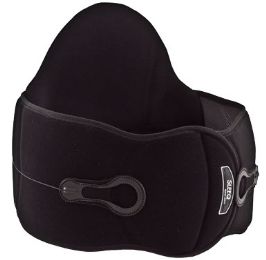
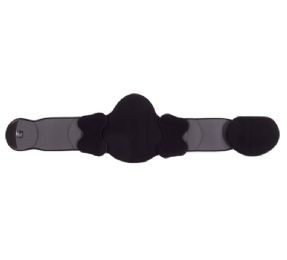
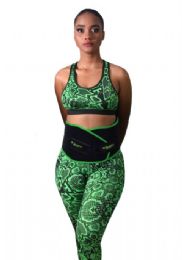
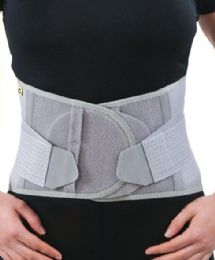
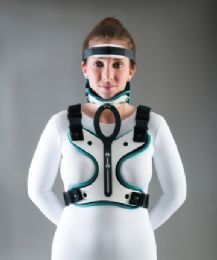
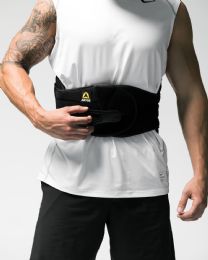
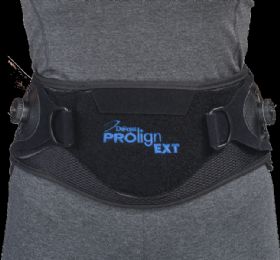
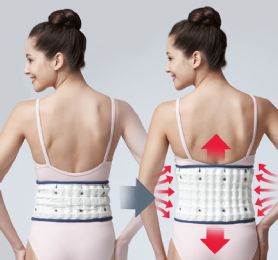
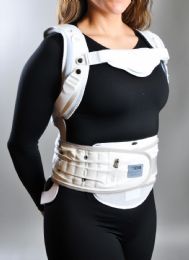
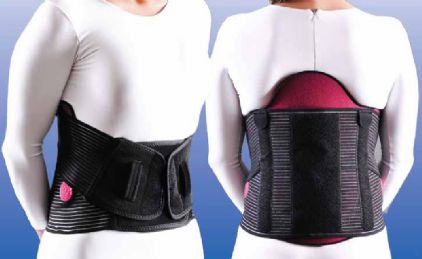
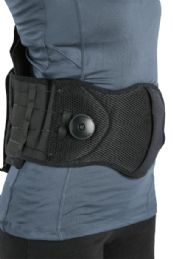
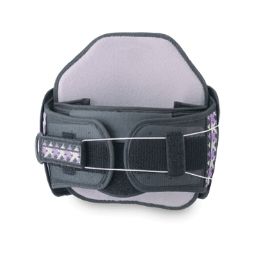
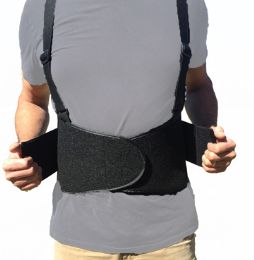
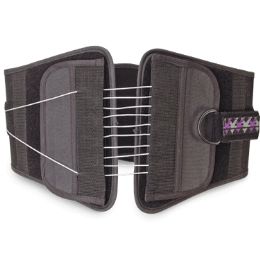
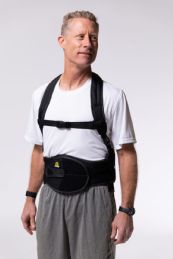
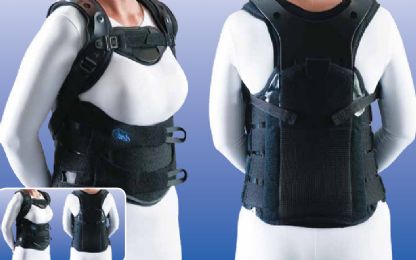

What are Back Braces Used For?
Limiting the spine’s motion encourages quicker and more efficacious healing after surgery or injury, often reducing pain and discomfort for the patient. The practice of spinal bracing helps to stabilize injured or weak structures, typically providing three-point force systems to prevent progression of deformity, or to correct these issues. Back braces limit motion by compressing the abdomen, unloading vertebrae, discs and other structures of the spine.
The terminology involved with spinal bracing generally classifies the segment of the body that needs the control. Control is defined as spinal extension, lateral bending, rotation and flexion. These spinal orthoses terms include cervicothoracic (CTO), cervical (CO), cervicothoracolumbosacral (CTLSO), thoracolumbosacral (TLSO), lumbosacral (LSO) and sacroiliac (SIO).
Back braces are generally offered as soft/flexible and rigid. Most often prescribed for low back pain relief that is associated with trauma, postural deformities or degenerative disc disorders, soft back braces and corsets are specifically utilized to reduce the weight on spinal structures through the use of abdominal compression. Rigid inserts and stays may be added to further restrict motion, or to act as a postural guide. Most soft back braces and corsets are pre-fabricated, but can be modified to each patient’s particular requirements.
Commonly used to control motion in all spinal structures and planes, rigid back braces offer the most support to the affected areas of the back. Rigid braces such as a TLSO are most often custom-fabricated, but can also be modified as required. While a two-piece front and back format is typically used post-op because of its ease of application, a single-piece design with a front or back opening is more appropriate for scoliosis treatment.
What Type of Back Brace is Right for Me?
In many situations, your healthcare provider will recommend the type of back brace that is right for you, especially in situations of surgery and spinal deformity. But it is also very important to seek out the advice of your doctor before choosing a back brace to help ameliorate pain, or to help provide additional spinal support while working or engaging in other activities. Making the wrong choice could actually make your back and spine worse, or wearing the brace incorrectly or for long periods of time could potentially result in further weakness. There are numerous styles, configurations and sizes to consider when you are in need of back support bracing. Here are just a few of the most commonly used spinal orthoses:
Boston Back Brace
As a form of a TLSO (thoracolumbosacral orthosis), the symmetrical Boston back brace is the most commonly used brace in the USA. Also known as an underarm brace, or a molded jacket, it is often used to correct curvatures of the spine, such as with scoliosis and adolescent idiopathic scoliosis (AIS). Fitted to the child’s or adult’s body, it works by the application of three-point pressure to the curvature, preventing further progression. The body is thrust forward against the brace’s front by pads placed in the back corners, helping to hold the body in an upright position.
The Boston brace opens to the back, and is not typically utilized for correcting very high curves because, when an individual is seated, it will often run from the height of the shoulder blade down to just above the chair’s seat. Also, because it uses the hips as a base point, it is not indicated for hip misalignments, either. This type of brace is usually worn for 20-23 hours a day, and can be removed for sports, swimming and other activities as needed.
Boston back braces provide strong, external support for the lumbar, sacral and (limited) thoracic regions of the spine and aside from treating curvatures, they are also often employed for spinal fractures, compression fractures, ankylosing spondylitis and Scheuermann’s kyphosis. They control movement in all directions, so they also help in limiting rotation.
Milwaukee Back Brace
Also known as a cervicothoracolumbosacral orthosis (CTLSO), the Milwaukee brace is quite similar to the Boston back brace, but it additionally includes a neck ring that is kept in place with vertical bars connected to the brace’s body. It is also typically worn 23 hours per day, and is most often used for thoracic (upper back) spine curvatures and injuries.
Chairback Back Brace
As a short brace, the chairback back brace restricts bending from the front, back and sides. It also limits back rotation and is used to provide spinal stability after surgery, and low back pain relief.
Knight–Taylor Back Brace
This corset-style back brace highlights lateral and posterior rigid slats and shoulder straps, and is really a combination of a corset brace and a TLSO. It is also known as one of the hyperextension back braces as it limits flexion, side bending and rotation. The anterior is typically constructed of canvas, featuring several eyelets that can be joined and tightened.
Hyperextension Back Brace (Three-Point)
A hyperextension back brace prevents the user from bending forward, which will help prevent healing interference with spinal compression fractures and other injuries and issues. This brace employs a three-point pressure system to control flexion with posterior and anterior pads. The pads for the anterior create pressure over the sternum and pubic symphysis, while the posterior pad creates opposing pressure in the mid-thoracic area.
Three-point hyperextension braces highlight a high level of control over the lumbar and lower thoracic regions, limiting movement where the thoracic spine meets the lumbar spine, especially limiting flexion and extension between T6 to L1. This brace is most often indicated for compression fractures, spondylosis, spinal stenosis, post-operative immobilization and degenerative spinal conditions.
Sacroiliac Back Brace Belts
Located on both sides of the sacrum, the SI, or sacroiliac joints, are often prone to pain, stress and injury. A sacroiliac belt brace is specifically designed to keep the hips from moving excessively. These braces employ a belt that is wrapped around the pelvis and can be adjusted for tightness by using special laces on the back of the brace.
Lumbosacral Back Brace Belts
Specifically designed to provide abdominal pressure to reduce weight and stress on the lower back (lumbar), lumbosacral back brace belts help to create an optimal healing scenario for a wide variety of lumbar spine issues, including muscle strain and low back pain. These lumbosacral belts are indicated for the relief of compression fractures occurring from T6 to L1. They are also used quite often by individuals with heavy lifting or extremely active jobs. They are most effectively used in this way when they serve as a reminder to use proper body posture when lifting, which means using the large muscles of the legs to do the lifting, keeping the back straight and not bent forward.
Hulet Smith, OT
Rehabmart Co-Founder & CEO
ck